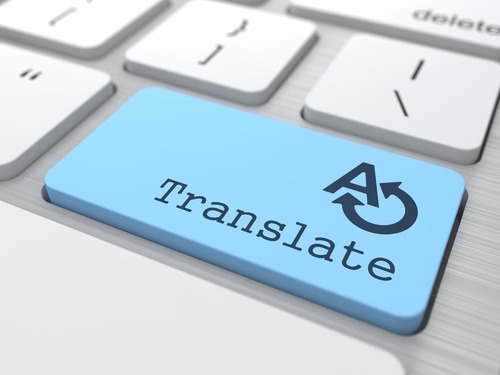Most industries have their fair share of acronyms and industry specific terminology that are used on a daily basis by those connected to the trade. Within the translation industry though, this terminology can be a little confusing for clients who may have never come across these terms before.
‘Back Translation’ is one such term that is frequently used in the translation industry but conversely, it is one with which clients are likely to be unfamiliar. This is because it is one of the many processes that often goes on behind-the-scenes within a translation company in order to check reliability, accuracy and precision of translated documents.
Market surveys, medical forms, research, assessments, marketing adverts, opinion polls, consent forms, legal documents, and so on, often require back translation to be performed by translators on an almost daily basis, so understanding what it is, why it is used, and how it works will ensure you can keep on top of all your translation requirements, and keep you informed.
What is Back Translation?
Back translation is the process of translating a previously translated document ‘back’ into the original language. For instance, if a questionnaire was translated from Arabic to English, for an Arabic audience, it might then undergo ‘back translation’ in order to be assessed in its original language by another team who are assessing the results.
Back translation is not performed by the same translator that originally translated the document, so it can also be used as an extra layer of accuracy and proofing.
Why use Back Translation?
Back translation is a vital tool within the translation industry, especially when encountering cultural differences and localisation.
Professional translation companies need to guarantee the accuracy of their work, which can often involve using documents previously translated by other linguists. In order to ensure the accuracy of these documents they are often back translated into the original language and re-worked from there, as this gives a more culturally sound and precise translation.
Many documents that need to be highly exact, such as, legal or medical documents, are often back translated in order to guarantee the translation is correct. As this procedure is completed by another translator, it can add an editing and proofreading element to the process which is beneficial for the client and the translation company. It is an extra level of insurance against costly law suits for inaccurate translations.
Benefits of Back Translation
Back translation offers clients that are unfamiliar with the previously translated language, an opportunity to assess the feasibility of the originally translated text.
They can use the back translation as a means of assessing the accuracy of the first translation by comparing this to the original source which can highlight mistakes in grammar, tone, cultural difference, or linguistic errors.
Be aware, using back translation to check another translators work can be a costly exercise, as the work must be completed ‘blind’ (the second translator has no access to the original so must work from the translation). It is like asking for a completely new translation and will be priced accordingly.
This type of reverse translation is useful for linguists who may which to have their translation checked, for businesses who need to ensure high levels of accuracy, and for identifying issues with dialects, or culture.
Back translation is one of many tools used by professional translation companies to ensure their clients receive the best possible service. There are many more techniques, tools and specific terminologies used by your translation provider which might be unfamiliar to you – if this is the case, you can check out our translation terminology guide here for a greater insight into the world of professional translations.


Recent Comments